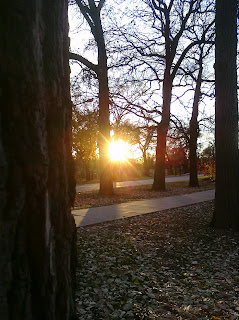One of the things that Amy taught at the workshop was sankalpa. A sankalpa is an intention. You can create an intention for your class, for your day, for your stage of life. You come into this life with a sankalpa – your life purpose. Your sankalpa is essentially what you want to manifest. But most often, when we are asked what we want, we respond by highlighting we don’t want! For example: “I want to not be so stressed,” or “I want to stop being so disorganized.” We tend to focus on what we don’t want, rather than clarifying what it is we want to manifest. In a way, it can be scary to imagine what you do want – what if you don’t believe you deserve it? Or what if the current circumstances of your life don’t seem conducive to your dream manifesting itself? Some of us were taught not to hope for too much, so we don’t end up disappointed. Kriyanandaji, the head of the Temple of Kriya Yoga, often repeats the phrase: Aham Brahmasmi. He translates this to mean: “I am the creative principle.” In other words, I have the power to create my life. If you have the power to create your life, then why not direct your energies toward what you want, rather than what you don’t want?
The second fabulous teaching was last weekend right here in Downer’s Grove. Rod Stryker also taught about sankalpa and he mentioned another term that I wasn’t familiar with until recently: vikapla. Rod described sankalpa as the intention linked to your heart – that which you want, your reason for being – and vikalpa as that belief or desire which separates you from your purpose. Whichever one of these is strongest determines your destiny. A lack of fulfillment in life, Rod taught, is based on not living your purpose. And if you’re not living your purpose, it might mean that your vikalpa is stronger than your sankalpa in terms of your desire for it to manifest.
So in two separate trainings this year already, I’ve been presented with the teaching on sankalpa. Maybe its time to really get clear. What do I want and do I dare to dream that the desire of my heart could become the life of my dreams? I’ve seen plenty of evidence so far that your entire life can shift based on the strength of your desire. If you had told me 10 years ago that I’d be a yoga instructor, energy worker and therapist I would have laughed. I was a committed database manager with a love of logic, data and computers. I promise you that life can change in a heartbeat. Aham brahmasmi – you are the creative principle. The first step to putting that power to work is to get clear on what you want.



